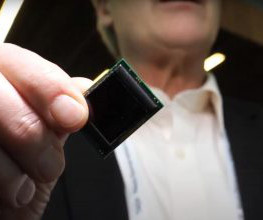Samsung to Acquire AR/VR Microdisplay Company eMagin for $218M
Road to VR
MAY 18, 2023
Founded in 2001, eMagin has created head-mounted displays to showcase its OLED technology since the release of Z800, which launched in mid-2005. The company announced in a press statement that Samsung will acquire all outstanding shares of eMagin common stock on a fully diluted basis for $2.08













Let's personalize your content